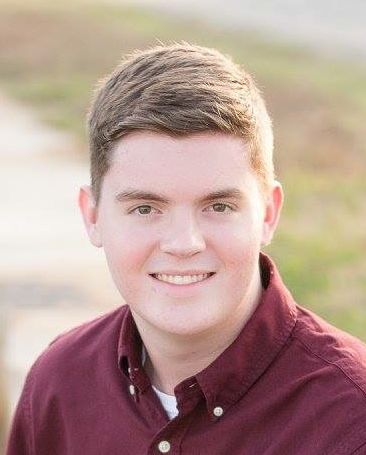Below is a summary of the abstract you submitted. Presenting author(s) is shown in bold.
If any changes need to be made, you can modify the abstract or change the authors.
You can also download a .docx version of this abstract.
If there are any problems, please email Dan at dar78@pitt.edu and he'll take care of them!
This abstract was last modified on April 9, 2019 at 6:58 p.m..

Bacteriophage infecting Gordonia terrae 3612 or Gordonia rubripertincta NRRL B-16540 were isolated from soil samples by Ouachita Baptist University students and the Gordonia host range of each phage was determined. Most phage were able to infect both Gordonia species but displayed a higher plating efficiency on the isolation host. During the host range screening process, we observed lysogen formation by G. terrae bacteriophage DelRio and Ruthy on both G. terrae and G. rubripertincta. We harvested virions from all four lysogens—G. terrae (DelRio), G. rubripertincta (DelRio), G. terrae (Ruthy), and G. rubripertincta (Ruthy)—and plated them on both Gordonia species. Lysogen bacterial species had a marked influenced on infectivity, with virions isolated from G. terrae lysogens exhibiting a drastic reduction in plating efficiency on G. rubripertincta, whereas virions derived from G. rubripertincta lysogens infected both G. terrae and G. rubripertincta with similar plating efficiency. This differential infectivity was observed immediately after lysogen creation, suggesting host-induced impacts to phage protein expression or post-transcriptional modification rather than changes to phage genome sequence. Virions harvested from each lysogen are being analyzed using mass spectrometry and results of that analysis will be presented.


